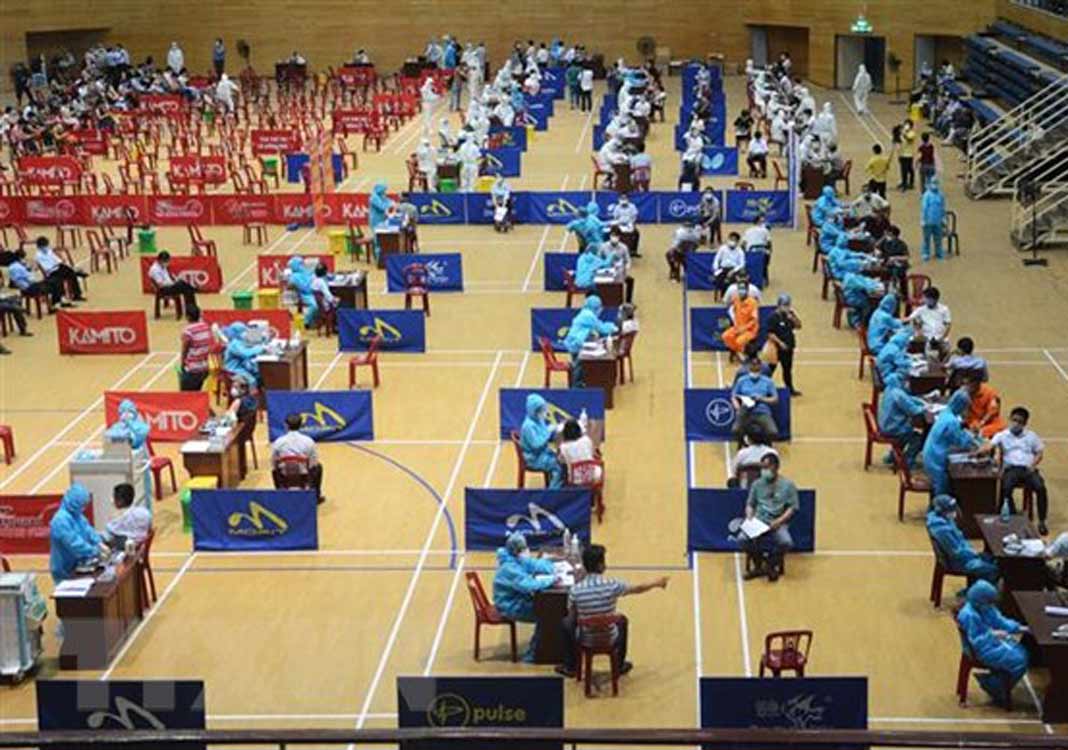HCMC – As many as 4,992 fresh Covid-19 cases were confirmed this morning, July 30, including five imported cases and 4,987 domestic infections in 20 localities.
Of the total locally-infected cases, 987 were detected in the community.
HCMC, the largest coronavirus hotspot in the country, accounted for more than half of the new cases, at 2,740, followed by its neighboring provinces of Binh Duong, Tien Giang and Dong Nai with 1,284, 242 and 203 cases, respectively.
Besides, the Health Ministry confirmed 90 cases in Dong Thap, 88 in Tay Ninh, 79 in Khanh Hoa, 63 in Hanoi, 23 in Can Tho and 21 in Long An.
The remainder were detected in nine other provinces, with each of them reporting less than 20 cases.
Thus, Vietnam has had 133,405 Covid-19 cases as of this morning, including 129,622 cases in the current outbreak, which began in late April.
HCMC alone has detected 84,521 cases in the latest wave.
Four provinces have gone 14 days without reporting any fresh locally-transmitted cases, including Yen Bai, Dien Bien, Quang Ninh and Bac Kan.
On July 29, more than 208,000 Covid-19 vaccine doses were administered, taking the total number of doses administered to people in Vietnam to nearly 5.53 million.
Meanwhile, the treatment subcommittee under the national steering committee for Covid-19 infection prevention and control has reported an additional 159 Covid-19 deaths in eight localities from July 27 to 29, raising the country’s Covid-19 death tally to 1,022.
Of the total, 132 were reported in HCMC, nine in Long An, six in Dong Thap, four in Dong Nai, three each in Danang and Khanh Hoa, and one each in Hanoi and Vinh Long.
In related news, the steering committee for Covid-19 infection prevention and control of HCMC’s Thu Duc City on July 29 decided to lift the lockdown imposed on five remaining wards in the city, including Binh Chieu, Hiep Binh Phuoc, Linh Xuan, Tam Binh and Tam Phu, from 6 p.m. today, July 30.
The steering committee asked the ward authorities to strictly comply with the municipal government’s documents guiding the deployment of the prime minister’s Directive 16. They must also regularly assess the safety level of high-risk areas to promptly work out solutions.









